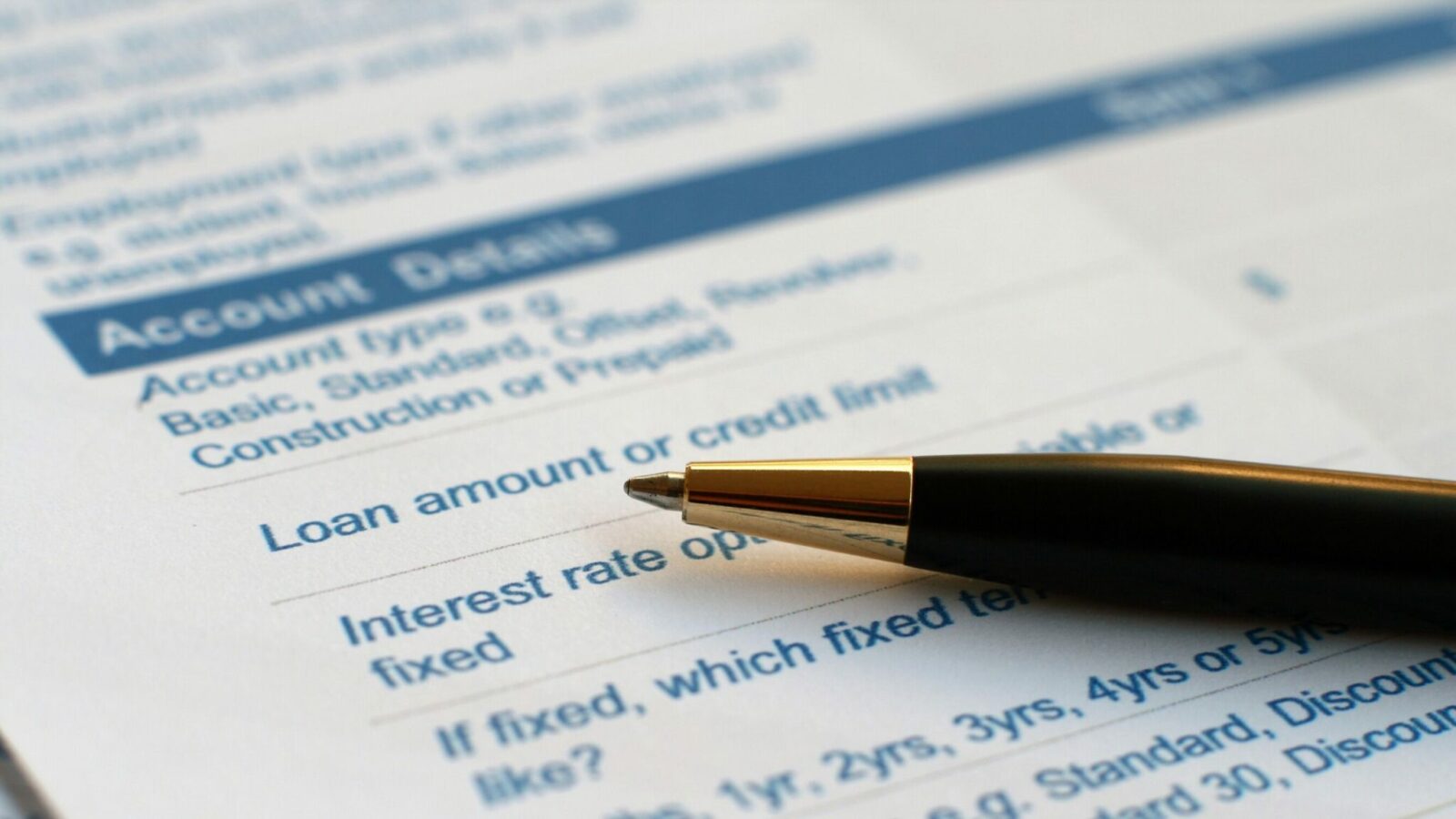Payroll Protection Program Changes and New Second Draw Loans

(A discussion of PPP features in the Consolidated Appropriations Act of 2021)
On Monday night, Congress passed the Consolidated Appropriations Act, 2021 (the “Act”), which includes another round of COVID-related stimulus. The stimulus-related portions of the law consumed much of the negotiations over the last week, and included in the bill is the highly anticipated clarification of deductibility for expenses paid with a forgiven loan under the Paycheck Protection Program (“PPP”), changes to the PPP, and ‘second draw’ PPP loans for hard hit businesses. The more than $900 billion relief portion of the bill allocates $284 billion to the PPP program.
The purpose of this article is to address the PPP-related features of the Act from a borrower’s perspective. Additional articles are in the works covering other tax and stimulus-related features of the Act, as well as sections applicable to PPP lenders.
PPP Deductibility
The most anticipated and important aspect for many businesses and individuals as they work with tax advisors on their year-end planning was whether Congress would pass a law allowing the expenses paid for with forgiven PPP loan proceeds to be deducted for income tax purposes. Waiting since May, we finally have an answer, as the Act provides that “no deduction shall be denied, no tax attribute shall be reduced and no basis increase shall be denied.” The expenses are deductible for all PPP borrowers even if forgiveness has already been applied for and/or approved.
PPP Changes
The Act allocates $35 billion for first time PPP borrowers. This bill includes the following changes applicable to existing and new first round PPP loans and any second draw PPP loans:
- The bill expands the allowable expenses to include:
- Covered operations expenditures, which means a payment for any business software or cloud computing services that facilitate operations, product or service delivery, the processing, payment, or tracking of payroll expenses, human resources, sales and billing functions or accounting or tracking of supplies, inventory, records and expenses.
- Covered property damage costs, which means costs related to property damage and vandalism or looting due to public disturbances that occurred during 2020 that was not covered by insurance or other compensation.
- Covered supplier costs, which means expenditures made by an entity to a supplier of goods for the supply of goods that are essential to operations and are made pursuant to a contract or purchase order.
- Covered worker protection expenditures, which means operating or capital expenditures to facilitate the adaptation of business activities to comply with requirements or guidance issued by a federal governmental agency, or equivalent requirements or guidance issued by a state or local government, beginning March 1, 2020 and ending on the date the federal national emergency declared by the President expires.
- A borrower can select the covered period to be any period ending between 8 and 24 weeks from the loan origination date.
- The amount of forgiveness to which a borrower is entitled will no longer be reduced by the amount of any Economic Injury Disaster Loan (EIDL) advance received.
- A simplified forgiveness application for loans of $150,000 or less is provided. The Small Business Administration (SBA) is to provide a one-page certification form for borrowers to submit that requests the loan amount, the number of employees retained because of the loan, and the amount of the loan spent on payroll. Borrowers are not required to submit additional documentation with their submissions of the forgiveness applications.
Observation: We recommend that for any loan of $150,000 or less, borrowers considering waiting for the new simplified one page loan forgiveness application before applying for forgiveness. In addition, given that such loans are subject to review by the SBA, borrowers should still maintain documentation to support their need for the loan and the use of the proceeds.
Second Draw PPP Loans
In order to help the hardest hit businesses, the Consolidated Appropriations Act includes Second Draw PPP loans. In order to qualify for a second draw PPP loan, a borrower must have previously obtained a PPP loan and spent or plans to spend all of the funds prior to disbursement of the second draw loan. There is no indication in the bill that PPP round one loan forgiveness must be applied for or approved in order to submit an application for a second draw PPP loan. A summary of the additional requirements and rules for second draw loans are:
- The eligible entity employs 300 or fewer employees (down from 500). Similar to the first round under the CARES Act, there is an exception for a maximum of 300 employees per physical location.
- Applicants must have had a 25% or more decrease in gross receipts in any 2020 quarter as compared to the comparative 2019 quarter (special rules apply for entities not in business for all or part of 2019).
- The loan amount will be determined based on two and a half times the average monthly payroll for either (a) 2019 calendar year payroll or (b) the 12-month period prior to the date on which the loan is made. Loans for any business with a North American Industry Classification System code beginning with 72, such as hotels and restaurants, will be determined based on three and a half times the average monthly payroll (an increase over the first round of PPP loans).
- The maximum loan amount is $2 million.
- An entity that receives a Shuttered Venue Operator Grant is ineligible to receive a PPP Loan. A business must have been in operation on February 15, 2020.
Observations: There is no guidance indicating how to calculate gross receipts for purposes of determining the 25% decrease. The three and a half times average monthly payroll is welcome news to industries that have been hit hardest by the pandemic.
Forgiveness for the second draw loans generally follows the rules for the first round of PPP loans, including the newly expanded qualified expenses and limitation on non-payroll costs to 40% of loan proceeds eligible for forgiveness. The bill and PPP Second Draw loans come at a time of need for many businesses. There are some unanswered questions that borrowers, banks and advisors will have related to the second draw PPP loans and Congress has instructed the SBA to issue regulations within 10 days of enactment of the bill to help answer those questions. While awaiting additional guidance and for SBA to provide the second draw PPP loan application, a business should begin to pull together required documentation such as payroll and gross receipts support.
For more information or a discussion on how this may impact you, please contact your BNN advisor at 800.244.7444.
Disclaimer of Liability: This publication is intended to provide general information to our clients and friends. It does not constitute accounting, tax, investment, or legal advice; nor is it intended to convey a thorough treatment of the subject matter.




